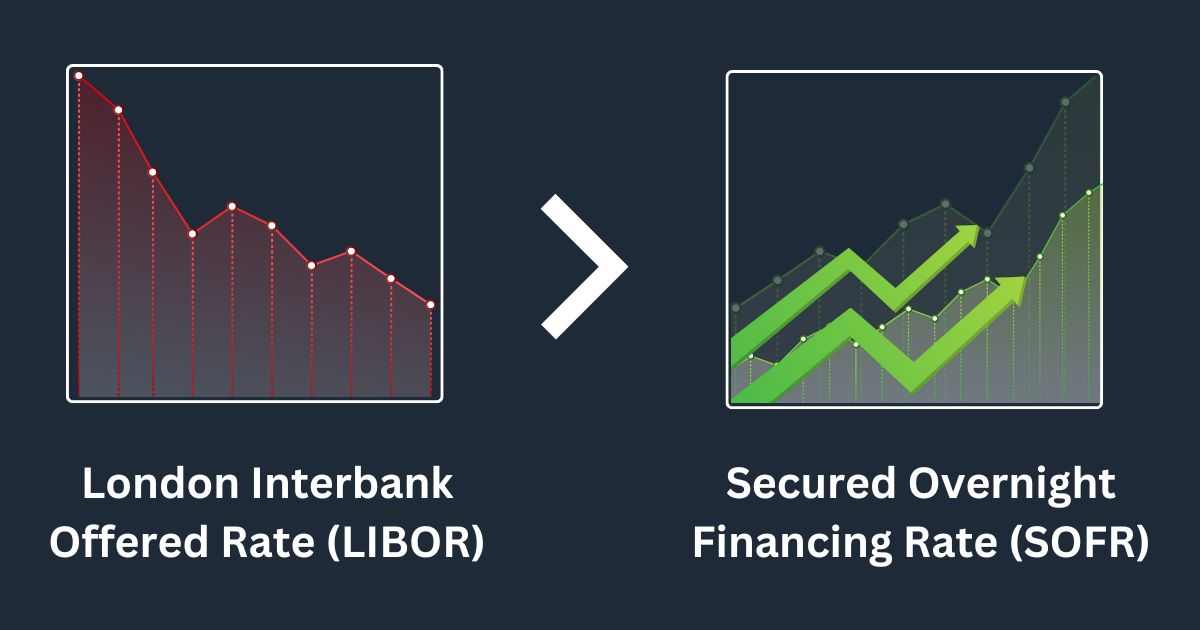In the world of trade and business transactions, understanding the right financial instruments can provide a significant advantage. Two commonly used instruments are Bank Guarantees (BG) and Letters of Credit (LC). Although they may sound similar, they serve different purposes and are used in different contexts.
What is a Bank Guarantee?
A Bank Guarantee is a promise from a bank to cover a loss if a borrower defaults on a debt. It’s a safety net for transactions, ensuring that financial obligations are met even if the original party fails to fulfil them.
Understanding Bank Guarantee with the help of an example-
Imagine ABC, a startup needing Rs 2 crore to buy raw materials. The raw material vendor requests a bank guarantee to ensure payment. ABC obtains this guarantee from their bank, securing the vendor against non-payment.
Usage of Bank Guarantee:
- When large companies buy from small vendors, they usually require the vendors to provide a guarantee certificate from banks.
- Mostly used for trading goods on a credit basis, where the bank assures the seller of the repayment in case of default by the buyer.
- Helps in certifying the credibility of individuals, which in turn, enables them to obtain loans and also assists in business activities.
Two Types of Bank Guarantee:
There are two main types of bank guarantees used in businesses, which are as follows:
- Financial Guarantee: Covers monetary obligations like security deposits.
- Performance Guarantee: Ensures contractual terms are fulfilled, compensating for losses if the obligations are not met.
Eligibility and Charges for Bank Guarantees:
- Eligibility: Strong financial records and good credit ratings are needed.
- Charges: Depends on the risk; financial guarantees typically have higher fees.
Suggested Read: What is SME Loans?
What is a Letter of Credit?
A Letters of Credit is a commitment by a bank on behalf of a buyer, ensuring payment to the seller upon fulfillment of agreed conditions. Mostly used in international trade, it facilitates transactions across borders by guaranteeing payment for goods and services.
An LC is an agreement or contract whereby a bank assures the seller that the buyer will make the payment for the goods and services. Because they provide security of payment for and receipt of products to the parties involved in the trade transaction, who may be in different countries, Letters of Credit (LCs) are used more frequently in international trade.
LC puts an obligation on the bank to make payment to the beneficiary on completion of certain services as required by the applicant. Banks issue LC when the buyer requests his bank to make payment to the seller on the receipt of certain goods or services. Businesses mostly ask banks to make payments on their behalf to the seller when they run into cash flow difficulties or similar situations and thus cannot make immediate payments. The buyer later pays back the said amount to the banks, along with the required charges.
Under BG, the bank is required to make payment to the third party only if the applicant fails to meet their debt obligation, On the other hand, a letter of credit is a written promise or commitment given to a specific seller by a bank or other financial institution or company, stating that the payments will be made to the seller upon fulfilling the terms stated in the letter of credit.
Types of Letter of Credit:
- Sight Credit: Payment is made immediately upon presentation of documents.
- Time Credit: Payment is made after a certain period.
- Revocable and Irrevocable Credit: Terms can be changed or are fixed.
- Confirmed Credit: Additional confirmation by a second bank.
Charges for Letters of Credit:
- Fees are usually a percentage of the LC amount, varying by risk and type.
Key Differences for Businesses:
- Usage: BGs are often used in real estate and construction; LCs are preferred in international trade.
- Risk Management: Both reduce transaction risks but are suited to different scenarios.
- Number of Parties Involved: LCs involve more parties, adding complexity.
- Payment: Under BG, the bank is required to make payment to the third party only if the applicant fails to meet their debt obligation.
On the other hand, a letter of credit is a written promise or commitment given to a specific seller by a bank or other financial institution or company, stating that the payments will be made to the seller upon fulfilling the terms stated in the letter of credit.
Check your Credit Score in free.
Why These Matter for Your Business?
Understanding and utilizing these instruments can help safeguard your transactions, enhance your credibility, and enable you to manage business risks effectively. For SMEs looking to expand or secure new contracts, knowing when and how to use these tools can be crucial.
How OneNDF Can Help?
At OneNDF, we are committed to empowering businesses with the knowledge and tools to thrive. Whether you’re dealing with local purchases or international trade, our team can guide you through selecting and applying for the right financial instruments.
Get in Touch:
If you’re unsure about which option fits your business needs, contact us today. Our experts are here to ensure that your financial bases are covered, so you can focus on growing your business.
















